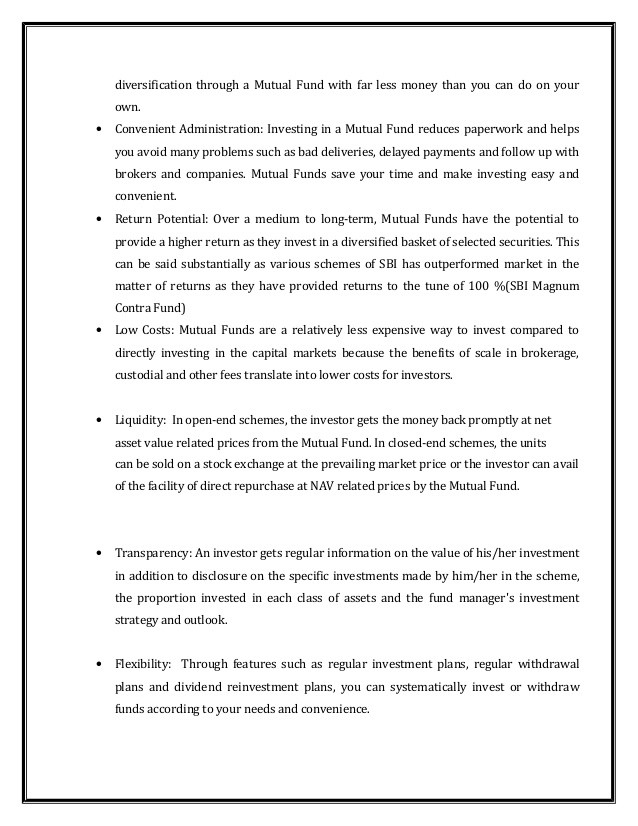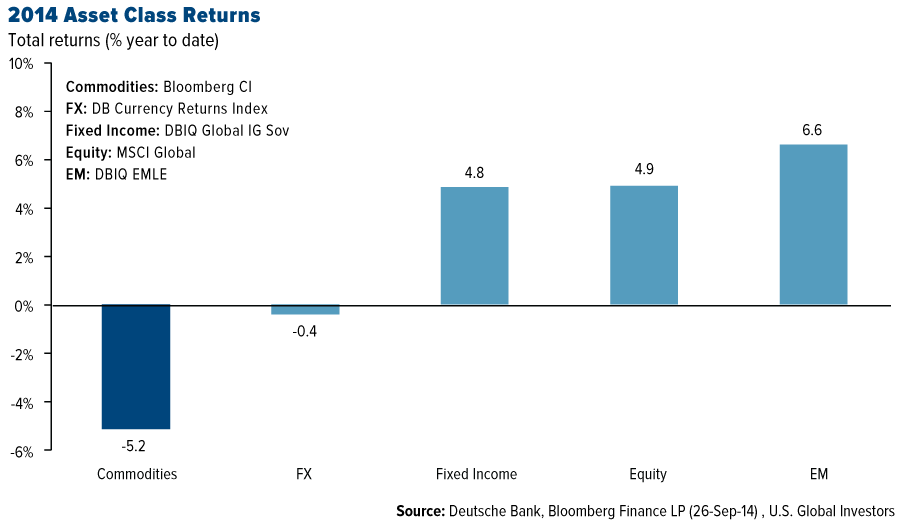Protect Your Money Investor Alert Class B Mutual Fund Shares Do They Make the Grade
Post on: 19 Июль, 2015 No Comment

Class B Mutual Fund Shares: Do They Make the Grade?
Buying mutual funds through a broker or other investment professional usually means choosing among different mutual fund classes. The only differences among these classes is how much you will pay in expenses and how much your broker will be paid for selling you the fund.
We are issuing this alert because we are concerned that some investors may purchase class B mutual fund shares when it would have been more cost-effective for those investors to purchase a different class of shares. In general, be cautious when the total dollars being invested in a particular fund family’s B-sharethe trade plus assets already managed by that familyexceeds $100,000.
Before purchasing any mutual fund share class, determine whether that class is in your interest and not just in the interest of your broker or adviser. They may receive higher commissions from the sale of one share relative to others.
Class B shares do not impose a front-end sales charge. However, they charge higher expenses than A shares for a period of, normally, four to eight years. Class B shares also normally impose a contingent deferred sales charge (CDSC). which you pay if you sell your shares within a certain number of years, normally before the end of six years.
In addition, investors who purchase class B shares cannot take advantage of breakpoint discounts available on large purchases of class A shares.
This alert will explain the differences between mutual fund share classes. It will explain how to evaluate which class may be best for you and suggest some questions you might ask of your investment professional.
Know Your ABCs
A mutual fund may offer more than one class of shares to investors. Each class represents the same interest in the mutual fund’s portfolio, but has different fees and expenses. Your broker may also be compensated differently depending on which class you choose. When deciding which share class is best for you, carefully consider:
- How long you plan to hold the fund.
- The size of your investment.
- Whether you qualify for any sales charge discounts.

You can find out if a mutual fund has different classes by looking at the prospectus. The most common share classesA, B, and Care described below.
Class A Shares
These shares typically charge a front-end sales charge or load that is deducted from your initial investment. Often class A shares offer you discounts, called breakpoints, on the front-end sales charge if you:
- Make a large purchase.
- Already hold other mutual funds offered by the same fund family.
- Commit to regularly purchasing mutual fund shares.
- Have family members (or others with whom you may link according to fund rules) who hold funds in the same fund family.
Typically, there are several breakpoints. As you invest more, and reach these thresholds, there is a greater reduction in the sales load. Breakpoints and the savings they provide are explained in our Investor Alert Mutual Fund Breakpoints: A Break Worth Taking .














